Pulished on Sep. 04, 2023
Maybe you only see the exquisite appearance of porcelain, but you can't understand well the hardships behind the workers.
And you don't realize that ceramics are subdivided into 72 different manufacturing processes.
We would like to give you a brief introduction to how the stone and soil are turned into exquisite ceramics.
Porcelain stone, kaolin, quartz stone, mullite, etc. are the best raw materials for firing porcelain.
For thousands of years, many high-quality ceramics have evolved from this humble porcelain clay.
Practicing clay is to turn the porcelain clay into usable porcelain clay.
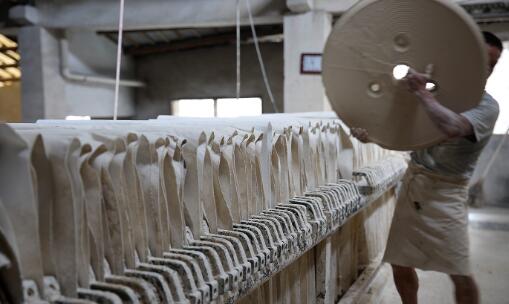
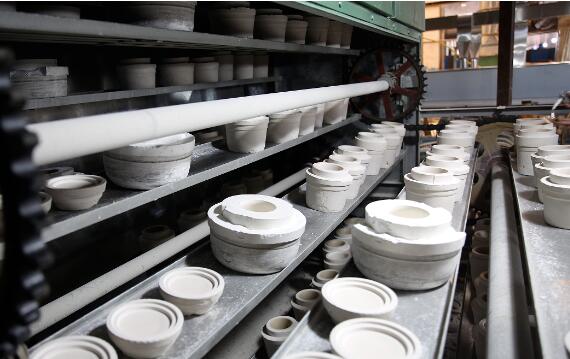
Forming is divided into two types, one is grouting and the other is rolling type.
Grouting for ceramic tableware
Grouting molding, also known as pouring molding, is based on the physical characteristics of porous gypsum molds
that can absorb water. Ceramic powder is made into a fluid slurry, and then injected into porous molds (mainly plaster molds),
and the water is absorbed by the mold( After inhalation, a uniform mud layer with a certain thickness is formed, and a green body with
a certain strength is formed during the dehydration and drying process. This method is called grouting molding.
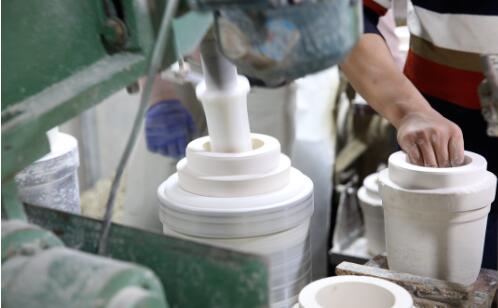
Roll forming for ceramic tableware
Roll forming is a new process developed from the rotary blank, that is, the rotary blank forming knife is improved into a rotating rolling forming head.
When forming, use the rolling head and the model to rotate around their own axes at a certain speed and in the same direction.
Due to the rotation of the rolling head, the mud in the model is rolled and stretched into a green body.
According to the customized ceramic cup, a sample mold with the same shape and enlarged ratio (heat shrinkage ratio) is engraved,
and the finished ceramic cup mold is made according to the sample mold.
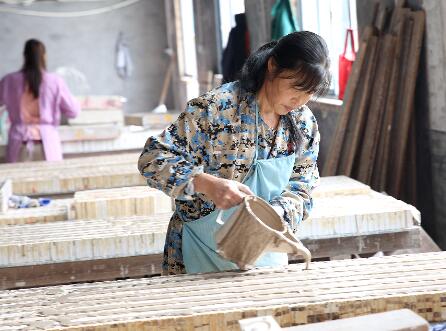
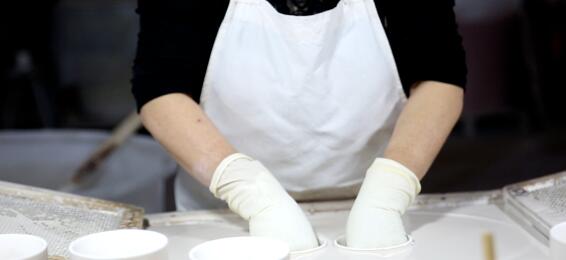
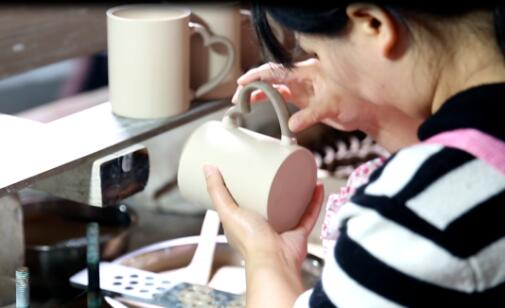
Remove the ceramic cup from the mold, use a blade to repair excess mud on the mold line,
and then use a sponge to clean the ceramic cup until the ceramic cup is smooth and has no prominent mud spots.
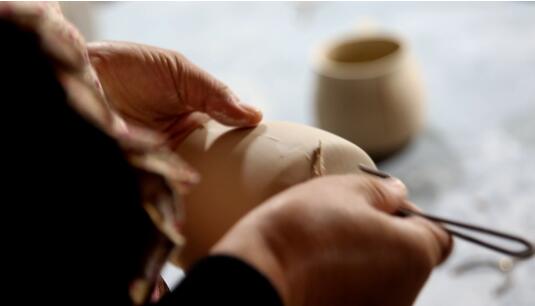
Put the ceramic cup into the drying room to bake, only the dry ceramic cup can cover the glaze when glazed.
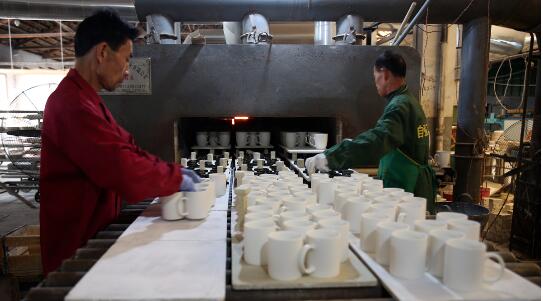
The finished porcelain cup is rough and sluggish. The glaze is divided into outer glaze and inner glaze.
Some ceramic cups are glazed all over, some are glazed partly, some are glazed once, and some are glazed several times.
After glazed, it is completely different. Smooth and bright.
The highest temperature of firing is generally around 1300 degrees, and it is generally a high and low-temperature cycle process from
low temperature to high temperature to low temperature. The millennium kiln fire lasts continuously, and the porcelain embryo,
which has been finely carved and ground by dozens of tools, is fired at a thousand degrees of high temperature in the kiln, just like an ugly duckling turning into a white swan.
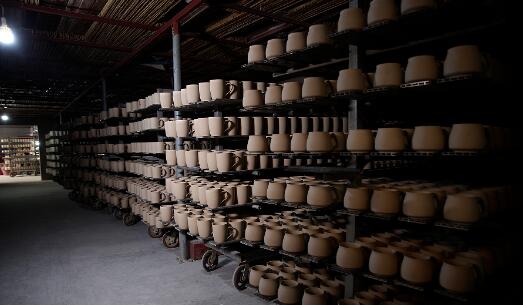
After high-temperature firing, the porcelain embryos in the kiln have become pieces of exquisite porcelain,
which can't wait to stand out from the opened kiln door. After cooling completely, the quality inspectors screen out the unqualified and defective ceramic cups.
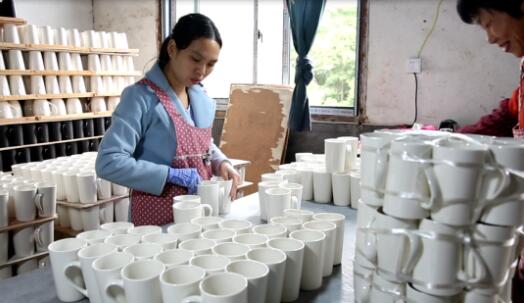
If the customer requires decoration, LOGO on the porcelain mug, we will add the customized decal according
to the specific situation to ensure that the color of the pattern meets the requirements.
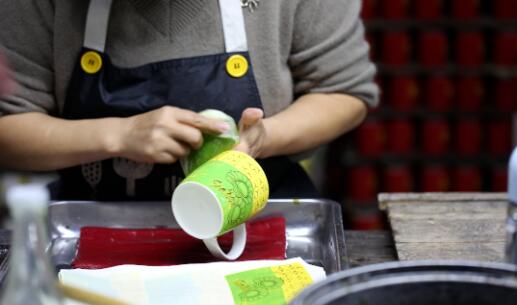
Put the ceramic cup with decals on it into the kiln for secondary baking. The key to decals lies in the temperature.
The temperature is restricted by the color of the decal paper and the material of the ceramic cup.
That is to say, different colors require different Baking at high temperatures so that better products can be made.
The temperature of baking flowers should be just enough to melt the glaze on the ceramic cup. A
t this time, the ceramic colorant on the flower paper will penetrate into the glaze, and wait until the product After cooling down,
The color and the ceramic cup become one, so that the purpose of the ceramic cup not fading is achieved.
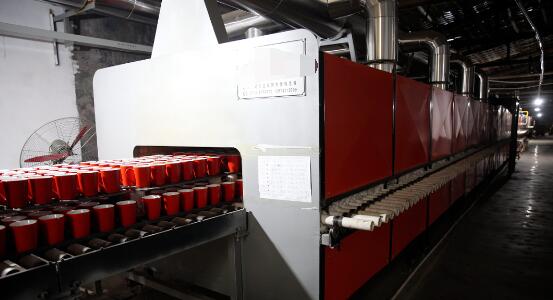
After the finished product with the pattern fired is out of the kiln, the quality inspector checks and packs the box.